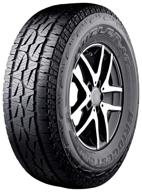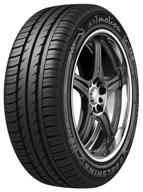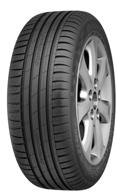
Review on Yokohama Geolandar A/T G015 235/65 R17 108H all season by Jnis Krmi ᠌

No minuses as such, comfortable to use.
As of right now, the mileage on this rubber is 20,000 kilometers, and there are another 7-8 millimeters of tread left on it. There is a school of thought that holds that this rubber can be operated at temperatures as low as -10 (I even specified it specifically at the Yokohama representative office in Hong Kong), but I would not recommend driving on these tires throughout the entire winter: on icy asphalt it is generally none, but behaves quite well on loose snow tolerably. Because the rubber is so pliable and the tread is so aggressive, I am able to switch the tires on my car to winter ones as early as the last week of November, even though snow may already be there in some areas. And when winter gives way to spring, I switch to my Geolanders in the end of March, when there is STILL snow. This is especially important in the Leningrad region, where the snow may not go until the beginning of May. In this regard, rubber offers handling and braking capabilities that are sufficient, provided that you do not drive but instead drive in a calm and measured manner during the off-season frosts. I frequently observe how the owners of SUVs continue to use this rubber throughout the entire year, and it appears that they are fully content with it. Some people say that this rubber makes a humming sound when driven on the highway, but I did not detect it and I believe that it makes the same noise as any other summer tire. If you listen closely, you'll notice that the car's body generates a greater amount of noise due to the flow of air. Yes, and the noise coming from other vehicles is significantly louder than the noise coming from your own vehicle, particularly in a stream someplace on the ring road at a speed of 100–110 kilometers per hour, when trucks and gazelles drive along the way. In spite of the widespread belief that there has been an increase in gasoline use, I have not noticed any shift in my own personal numbers. One more of this rubber's benefits is mentioned in some of the evaluations that it has received: "Punctures and cuts are not terrible for a powerful layer of new rubber." This was one of the aspects that positively affected my decision to purchase this particular type of rubber. But one autumn, a simple self-tapping screw of the "klopik" type dug into the tire, and it gradually "lowered" itself as a result. I have enclosed a picture of the insect as well as a picture showing how a tourniquet was used to fix the flat tire. In addition, this past spring I discovered a rusty nail fragment embedded in the right rear wheel of my vehicle; however, there was no evidence of a puncture because the nail was removed by the bar staff while the wheels were being balanced.
- - Move carefully over bumps, joints in the roads, and tram lines (which run flush with the road), of course, while keeping reasonable expectations in mind. It is necessary to travel across the asphalt joints that include rails at a pace comparable to that of a pedestrian. — Maintains composure even when changing lanes on a route that has water accumulated in a rut. I don't do a lot of driving in the rain, but when I do, I want to keep everything as smooth as possible, and this tire makes that possible for me. I haven't experienced any hydroplaning yet, and I think the off-road tread has a lot to do with that. — Excellent traction on both the primer and the sandy road.
- - The dynamics of acceleration have been reduced. - Braking and handling on pavement (both dry and wet) is significantly poorer than on road tires. Especially turns on wet pavement, which causes the front axle to blow, despite the fact that I "laid" quite a little in some of those corners. To be clear, this is not a racing tire; rather, it is intended for a smooth ride with moderate cornering. This point must not be overlooked. - When traveling on a packed sandy road that has been leveled by a grader, a discernible vibration and hum may be heard coming from the rubber tires of the vehicle. - In my experience, it is not very well balanced, and while traveling at speeds of approximately 75 to 80 miles per hour (120 to 125 kilometers per hour), it makes a very noticeable impact on the steering wheel. Other than that, bearable vibrations are there at different speeds; nevertheless, I have been accustomed to them after a long period of time because they are present on virtually any type of rubber (in my experience with this car).
New products
Top products in 🚗 Mud Flaps & Splash Guards
Another interesting products
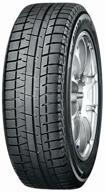
Yokohama Ice Guard IG50 215/50 R17 99Q winter

36 Review
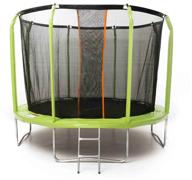
SuperJump Trampoline with SuperJump 8ft (244 cm) net and ladder

29 Review
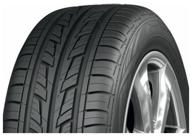
Cordiant Road Runner 195/65 R15 91H summer

24 Review

4WD ORCISH Recovery Traction Boards Tracks Tire Ladder For Sand Snow Mud - Set Of 2 (2Nd Gen Bag + Mounting Pins, Black)

39 Review



